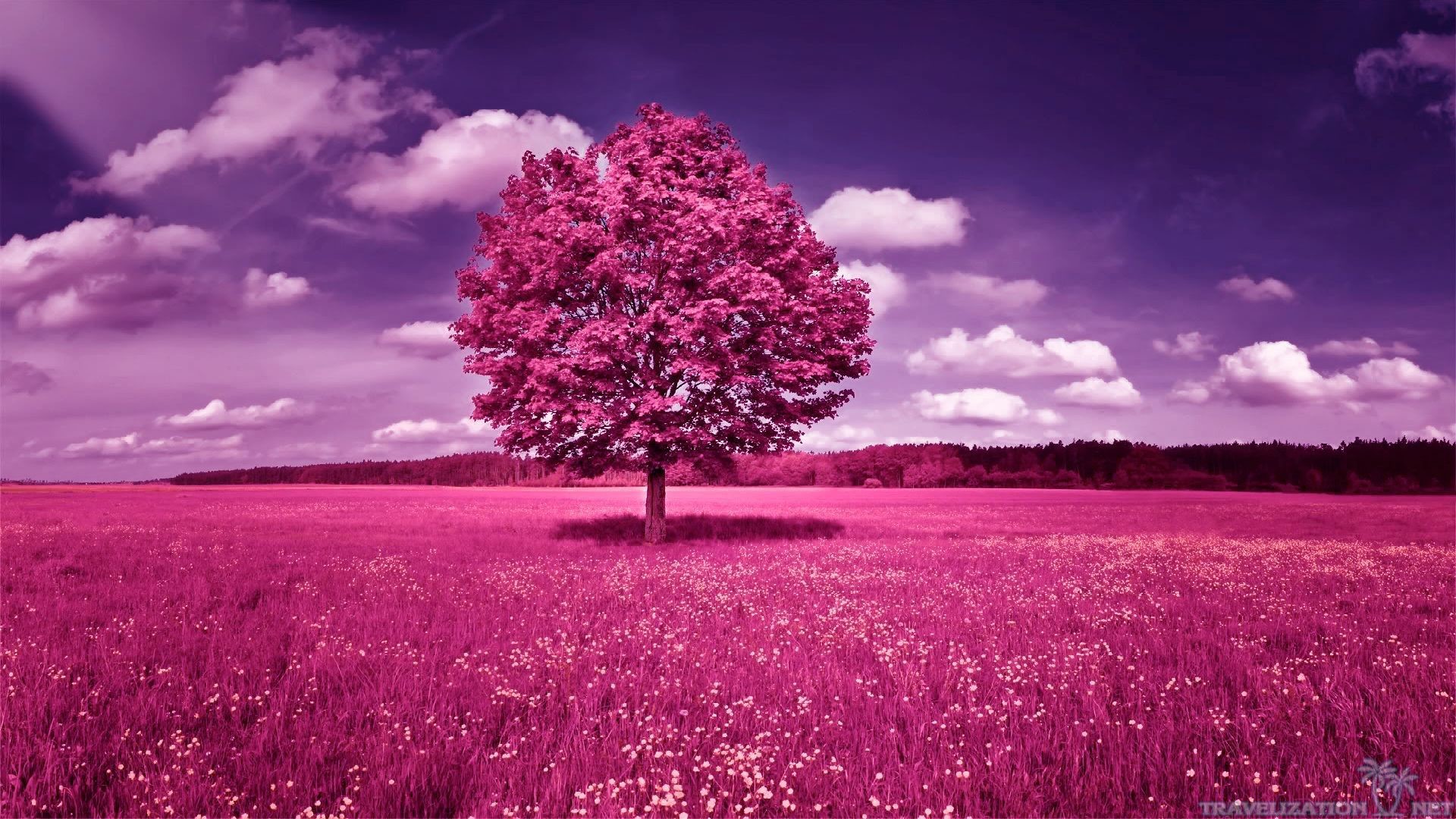

Younger plants are more fragile and may not survive in colder climates when temperatures drop below freezing. Mature plants can survive in colder climates down to −7 ☌ (19 ☏) however, they may not bloom as profusely.
RED PURPLE TREE FULL
This genus thrives in full sun and sandy soils, which explains their abundance in warmer climates. Jacaranda grows in well-drained soil and tolerates drought and brief spells of frost and freeze. Jacaranda can be propagated from grafting, cuttings, and seeds, though plants grown from seeds take a long time to bloom. copaia differs somewhat from all other members of the genus and may be intermediate between the two sections (Dos Santos & Miller 1997). The anatomy of the wood in the two sections also differs. Dilobos, which is believed to be the primitive form, has 31 species and is found primarily in southeastern Brazil including the Paraná River valley. Monolobos has 18 species and is found primarily in western South America, Central America, Mexico, and the Caribbean. Dilobos DC., based on the number of thecae on the anthers. The genus is divided into two sections, sect. The genus differs from other genera in the Bignoniaceae in having a staminode that is longer than the stamens, tricolpate pollen, and a chromosome number of 18. The fruit is an oblong to oval flattened capsule containing numerous slender seeds. The flowers are produced in conspicuous large panicles, each flower with a five-lobed blue to purple-blue corolla a few species have white flowers. The leaves are bipinnate in most species, pinnate or simple in a few species. The species are shrubs to large trees ranging in size from 20 to 30 m (66 to 98 ft) tall. Although not consistent with the Guarani source, one common pronunciation of the name in English is given by / ˌ dʒ æ k ə ˈ r æ n d ə/. Chambers's Cyclopædia, 1st ed., (1753) as "a name given by some authors to the tree the wood of which is the log-wood, used in dyeing and medicine" and as being of Tupi-Guarani origin, by way of Portuguese. The word jacaranda was described in A supplement to Mr. It's advised that you use of 1 extra pound of fertilizer for a more youthful plant and as much as 2 pounds for a fully grown tree.The name is of South American (more specifically Tupi-Guarani) origin, meaning fragrant. Potassium-rich fertilizer is terrific, and you could also include garden compost and manure to assist boosting the tree's nutrient intake.

Red Banana trees are hearty, big eaters and also require lots of nutrients, specifically for blossoming and fruit production. Fertilize your banana tree frequently also. Soil that has a pH in between 5.5 & 6.5 is ideal. In terms of the soil itself, keep in mind that Red Banana trees do best in well-drained, slightly acidic soil.

You might need to irrigate during times of prolonged drought, however bananas do often tend to be resilient. At the very same time, be careful not to puddle ground, as this might result in root rot. First, the soil needs to constantly be moist, so be sure to keep the tree well watered and do not allow the soil go dry. Red Banana tree care is rather simple once you've learned what the tree requires.


 0 kommentar(er)
0 kommentar(er)
